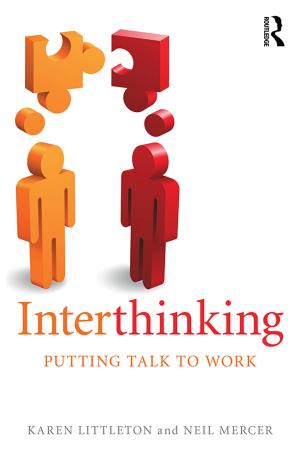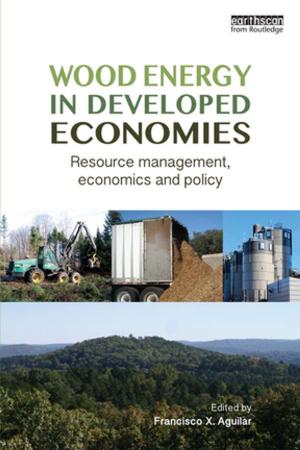What's Next?
The Problems and Prospects of Journalism
Nonfiction, Social & Cultural Studies, Social Science, Sociology| Author: | ISBN: | 9781351299343 | |
| Publisher: | Taylor and Francis | Publication: | April 24, 2018 |
| Imprint: | Routledge | Language: | English |
| Author: | |
| ISBN: | 9781351299343 |
| Publisher: | Taylor and Francis |
| Publication: | April 24, 2018 |
| Imprint: | Routledge |
| Language: | English |
The future of journalism isn't what it used to be. As recently as the mid-1960s, few would have predicted the shocks and transformations that have swept through the news business in the last three decades: the deaths of many afternoon newspapers, the emergence of television as people's primary news source and the quicksilver combinations of cable television, VCRs and the Internet that have changed our ways of reading, seeing, and listening.The essays in this volume seek to illuminate the future prospects of journalism. Mindful that grandiose predictions of the world of tomorrow tend to be the fantasies and phobias of the present written large-in the 1930s and 1940s magazines such as Scribner's, Barron's, and Collier's forecast that one day we would have an airplane in every garage-the authors of What's Next? have taken a more careful view.The writers start with what they know-the trends that they see in journalism today-and ask where will they take us in the foreseeable future. For some media, such as newspapers, the visible horizon is decades away. For others, particularly anything involving the Internet, responsible forecasts can look ahead only for a matter of years. Where the likely destinations of present trends are not entirely clear, the authors have tried to pose the kinds of questions that they believe people will have to address in years to come.While being mindful of the tremendous influence of technology, one must remember that computers, punditry, or market share will not ordain the future of journalism. Rather, it will be determined by the sum of countless actions taken by journalists and other media professionals. These essays, with their hopes and fears, cautions and enthusiasms, questions and answers, are an effort to create the best possible future for journalism. This volume will be of interest to media professionals, academics and others with an interest in the future of journalism.
The future of journalism isn't what it used to be. As recently as the mid-1960s, few would have predicted the shocks and transformations that have swept through the news business in the last three decades: the deaths of many afternoon newspapers, the emergence of television as people's primary news source and the quicksilver combinations of cable television, VCRs and the Internet that have changed our ways of reading, seeing, and listening.The essays in this volume seek to illuminate the future prospects of journalism. Mindful that grandiose predictions of the world of tomorrow tend to be the fantasies and phobias of the present written large-in the 1930s and 1940s magazines such as Scribner's, Barron's, and Collier's forecast that one day we would have an airplane in every garage-the authors of What's Next? have taken a more careful view.The writers start with what they know-the trends that they see in journalism today-and ask where will they take us in the foreseeable future. For some media, such as newspapers, the visible horizon is decades away. For others, particularly anything involving the Internet, responsible forecasts can look ahead only for a matter of years. Where the likely destinations of present trends are not entirely clear, the authors have tried to pose the kinds of questions that they believe people will have to address in years to come.While being mindful of the tremendous influence of technology, one must remember that computers, punditry, or market share will not ordain the future of journalism. Rather, it will be determined by the sum of countless actions taken by journalists and other media professionals. These essays, with their hopes and fears, cautions and enthusiasms, questions and answers, are an effort to create the best possible future for journalism. This volume will be of interest to media professionals, academics and others with an interest in the future of journalism.















